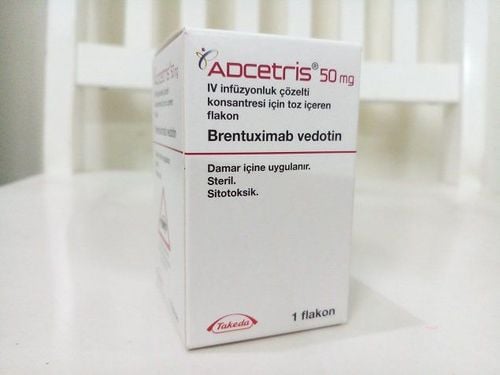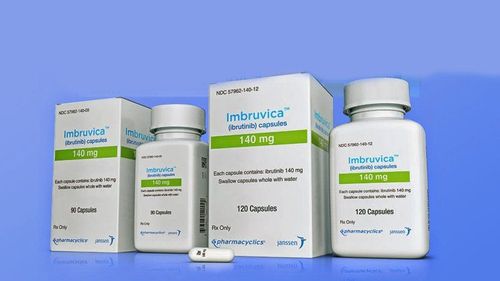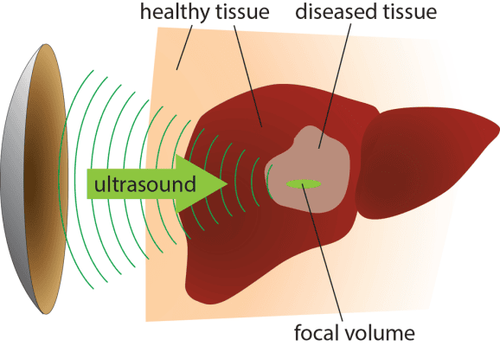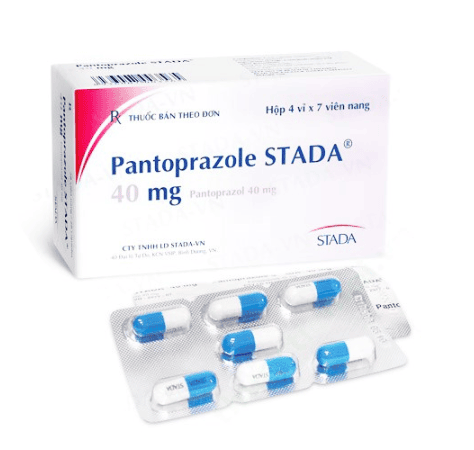This is an automatically translated article.
Post by Master, Doctor Mai Vien Phuong - Department of Examination & Internal Medicine - Vinmec Central Park International General HospitalPrimary lymphatic vasodilatation, also known as Waldmann's disease, is a rare disease characterized by increased intestinal protein loss, clinical manifestations of edema, moderate diarrhea, hypoproteinemia, and decreased lymphocytes in the blood. , malabsorption of vitamins & fats and abnormally dilated lymphatic ducts in the small intestine.
1. Biochemical abnormalities
The authors performed a literature review and were able to identify 49 cases from 46 reported clinical cases of primary lymphatic vasodilatation in adults, where symptoms started after the age of 18 years.Among the laboratory findings frequently observed in the literature were anemia in 16 patients (33.3%), lymphopenia in 30 (62.5%), hypoproteinaemia in 26 (54, 2%), and hypoalbuminemia and hypoglycemia/decrease in serum IgG levels in 35 (72.9%) while no patient specifically reported the absence of the two post-laboratory findings. . However, these numbers may be underestimated as not all cases report these features. 12 patients (25.0%) specifically reported decreased serum calcium levels and 5 patients (10.4%) decreased magnesium levels, resulting in infrequent myoclonic seizures in some patients. Other findings include hypoglycemia with decreased IgM, IgA, and IgG counts, and decreased CD3+ and CD4+ cell counts. Deep hypoproteinaemia, hypoalbuminemia, and hypoglycemia and CD4:CD8 ratio can also be confirmed in patients. However, the leukopenia was only transient and the white blood cell count was within the normal range suggesting that these parameters may be very nonspecific and significantly influenced by transient inflammatory processes in the body. This is especially true because there may be an increased susceptibility to opportunistic infections due to lymphopenia and hypoglycemia.

Notably, fecal α1-antitrypsin concentration or α1-antitrypsin clearance appears to be a good indicator of the presence of primary atrophic enteropathy/lymphatic vasodilatation in these patients with a positive result in all patients who reported this feature (10/48, 20.8%). Since α1-antitrypsin is resistant to breakdown by digestive enzymes, it indicates the presence of blood proteins in the intestinal tract. Because of the persistent decrease in IgG and IgA levels, abdominal/pelvic CT was performed to exclude lymphoma or thymoma in the patient in this clinical report. This incidentally revealed thickening in the jejunum and ileum with enlarged lymph nodes. Interestingly - when reviewing the literature - 11/27 patients (40.7%) who received CT reported abnormalities in the small bowel wall while 8/27 (29.6%) had a completely normal result. often. However, other imaging modalities such as scintigraphy or technetium-labeled human serum albumin (99TmTc-HSA) may be more accurate towards the diagnosis of primary lymphatic vasodilatation. demonstrates abnormal lymphatic or protein leakage. Endoscopic imaging When endoscopic findings were compared in these patients, 21/35 (60.0%) gastroscopy performed in symptomatic primary lymphatic vasodilatation showed endoscopic imaging. Endoscopy suggested primary lymphatic vasodilatation with a “snowflake shape” of the duodenal mucosa showing lymphatic dilation whereas in 2 patients the diagnosis could be made histologically despite the macroscopic appearance. normal tissue. In contrast, ileostoscopy was inferior with only 5/21 (23.8%) showing characteristic features of the terminal ileum leading to the diagnosis. However, it should be noted that considering the improvement in technology, this rate may be underestimated due to the large number of studies conducted > 10 years ago. Colonoscopy, performed in 14 patients including the author's patient for diagnosis, is highly sensitive and should be considered the gold standard for diagnosis. Video capsule endoscopy can be used to aid in the diagnosis, having similar sensitivity for detecting lymphedema in the small intestine.
2. Treatment
Lifelong adherence to a high-protein diet replaced with medium-chain triglycerides remains the cornerstone of primary lymphatic vasodilatation. Since medium-chain triglycerides are absorbed directly into the portal venous system through the lymphatic system, they can be used to overcome chronic malnutrition. The need for dietary control in people appears to be permanent as clinical and biochemical findings seem to reappear after discontinuation of the low-fat diet. 16/26 patients (61.5%) taking medium-chain triglycerides alone reported significant improvement in symptoms while 2 patients had only moderate improvement.Octreotide may be considered the preferred treatment in patients where dietary changes have not achieved significant improvement
Octreotide is a long-acting somatostatin analog that suppresses gastrointestinal activity and hormone secretion in the pituitary gland, pancreas, and intestines. Octreotide is usually given at a dose of 150-200 μg subcutaneously twice daily. From all 29 case reports of efficacy, octreotide was added to medium-chain triglycerides in 6 patients and initiated treatment in one patient, with 2 patients not responding adequately and 2 patients reported recurrence of symptoms after discontinuation of octreotide with good response. Other medical treatment options include propranolol, which is believed to downregulate the RAF mitogen-activated protein kinase signaling pathway with reduced expression of VEGF, and everolimus, which is an inhibitor of mTOR. mTOR is a serine/threonine kinase, which represents an enzyme important for many cellular processes including angiogenesis and cell growth. Ozeki et al found significant mTOR expression in tissues affected by primary lymphatic vasodilation and applied everolimus (1.6 mg/m2/day) as a treatment for primary lymphatic vasodilation. improve diarrhea and reduce blood protein. However, there are no case reports of an adult patient with primary lymphatic vasodilatation using these two agents.
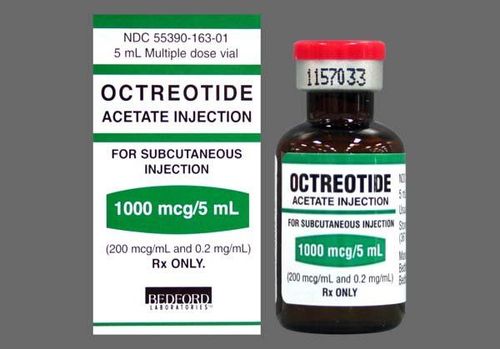
3. The role of surgery
Surgical resection appears to be the last resort for both the diagnosis and treatment of primary lymphatic vasodilatation. In 6/49 patients, the diagnosis of primary lymphatic vasodilatation was established after surgical resection, however in most cases without prior colonoscopy. All 7 patients who reported surgical resection as a form of treatment - sometimes after failure of conservative therapy - described postoperative clinical improvement. However, long-term follow-up did not exist in these patients. However, long-term follow-up is required because lymphoma has been described as a long-term complication in patients with primary lymphatic vasodilatation. Laharie et al reported on 12 cases of primary post-lymphatic vasculitis, which were adopted for the present case report and completed by a literature review of additional cases to date. 2020. To date, 13 published cases of lymphoma occurred after an average of 14 years (range: 0-39) after diagnosis of primary lymphatic vasodilatation ConclusionPrimary lymphatic vasodilatation may be a rare cause of proteolytic enteropathy in adults. Nonspecific symptoms and a wide range of clinical manifestations can significantly impede a definitive diagnosis, resulting in a "diagnostic wheel" for each patient. Despite good treatment options, low recognition of this entity results in significant morbidity in these patients.
Please dial HOTLINE for more information or register for an appointment HERE. Download MyVinmec app to make appointments faster and to manage your bookings easily.
References Huber R, Semmler G, Mayr A, Offner F, Datz C. Primary inflammatory bowel disease in adult patients: Case report and literature review. World J Gastroenterol 2020; 26 (48): 7707-7718 [PMID: 33505146 DOI: 10.3748 / wjg.v26.i48.7707 ]






